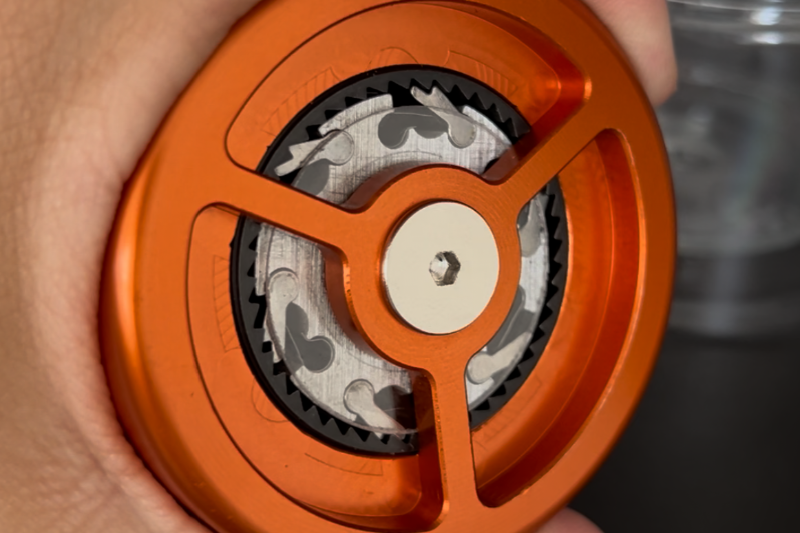
The Evolution of Bicycle Hub Ratchet Mechanisms
Share
Throughout the long history of bicycle development, the hub, as a core component of the drivetrain system, has undergone numerous technological innovations and iterations. The ratchet mechanism of the hub, which connects the drive axle to the wheel hub, has been constantly evolving. From the early traditional pawl mechanisms to today’s efficient and fast-responding ratchet systems, the advancement of hub technology has not only improved cycling performance but also made the riding experience smoother and more efficient.
From Traditional Pawls to Modern Ratchet Systems
The first hub designs employed traditional pawl mechanisms, such as the early Shimano Deore and Campagnolo Mirage series. These systems were simple and cost-effective, but due to the way the pawls engaged with the ratchets, their response was slower and prone to greater wear under high loads, which negatively affected efficiency and comfort while riding.

As cycling technology continued to advance, especially with the increasing performance demands of mountain and road bikes, many brands began introducing ratchet mechanisms. For example, hubs like the DT Swiss 240s and Chris King hubs utilize ratchet systems. The ratchet design, which involves multiple pawls engaging with a ratchet wheel, provides a more stable and quicker locking mechanism. Compared to traditional pawl designs, the ratchet system offers higher efficiency and a longer lifespan, significantly improving the transmission experience during cycling.

High Rigidity and Fast Response of the TS100 Hub
Among Koova’s product lineup, the TS100 hub is particularly noteworthy. The TS100 features the 75T ratchet system and is built with high-rigidity materials and advanced manufacturing processes to ensure excellent performance even under extreme conditions. Its quick-response feature not only provides rapid acceleration feedback but also maintains stability on technical terrain or during extreme riding, avoiding the performance degradation seen in traditional hubs due to wear or overloading.
Moreover, the TS100’s high-rigidity design significantly enhances the overall stability and durability of the entire drivetrain system. Whether for extreme riding or everyday use, the TS100 delivers long-lasting and reliable performance.
Conclusion
As bicycle technology continues to evolve, the ratchet system in hubs has gradually become the mainstream choice in the market. Koova will continue to focus on innovation and research and development, providing more efficient and stable hub systems to meet the needs of cycling enthusiasts worldwide for performance, durability, and comfort. We look forward to embarking on even more exciting cycling journeys with you in the future.
